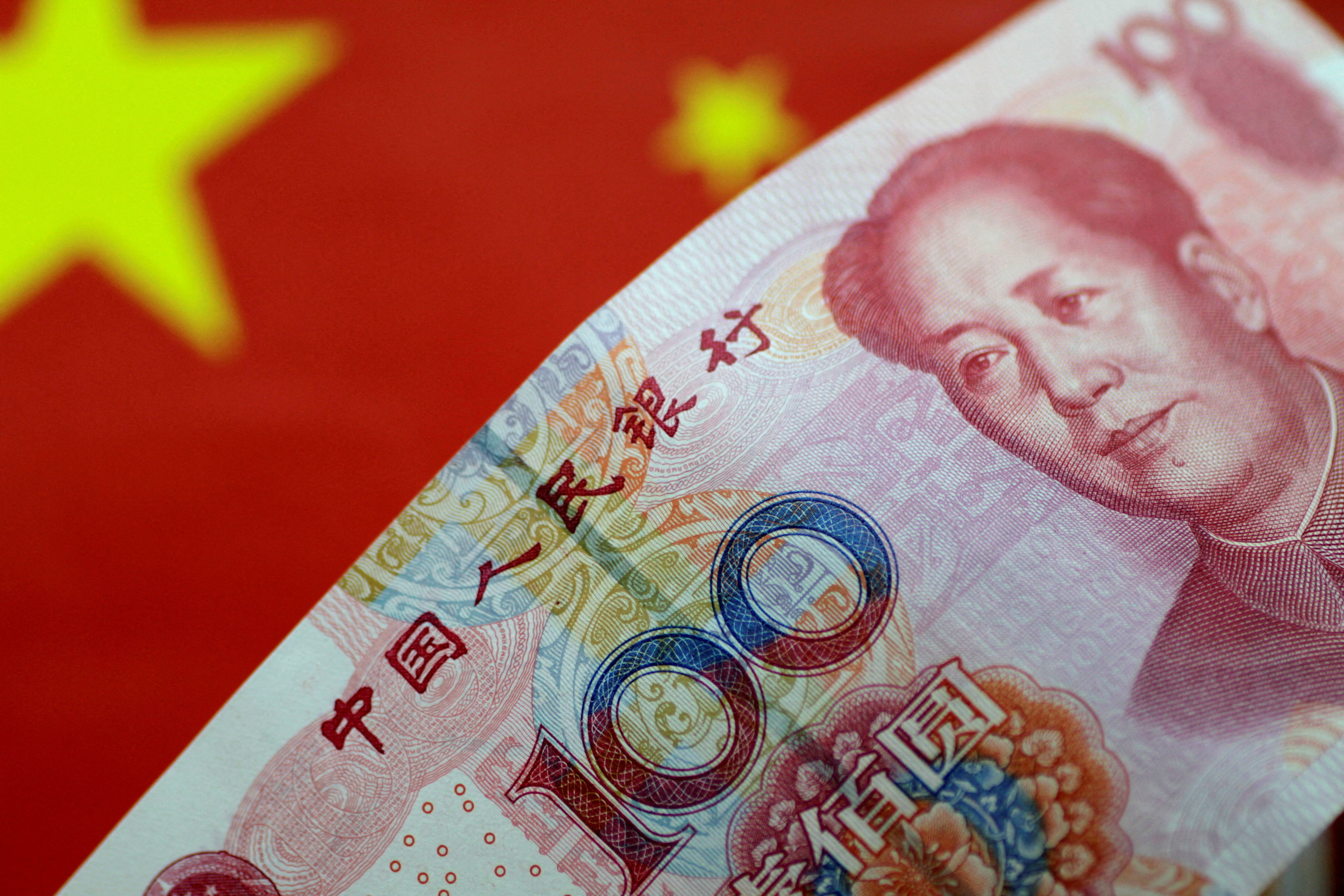China’s state banks increased their intervention to defend a falling yuan on Monday, with banking sources telling reporters these banks sold a large volume of U.S. dollars and used a combination of swaps and spot trades.

Six banking sources told reporters the country’s top state-owned banks were seen exchanging yuan for U.S. dollars in the forwards market and selling those dollars in the spot market, a playbook move applied by China in 2018 and 2019 as well.
The selling appeared to be intended for stabilizing the yuan, with the swaps helping buy dollars as well as strengthening the price of yuan in forwards, said the sources, who have first-hand information on market trades. The yuan fell 11.6% against the dollar this year. It was trading close to 7.1980 per dollar on Monday.
One-year dollar/yuan forwards dropped sharply following the state bank actions, driving the yuan to 6.95 per dollar. One of the sources noticed the size of the dollar-selling operation was “rather huge”.
Another source stated:
“The big banks want to acquire dollar positions from the swap market to stabilize the spot market.”
State banks normally trade on behalf of the central bank in China’s FX market, but they can also trade for their own purposes or carry out orders for their corporate clients. A third source noticed that the state banks’ trades seemed to be regulated so that the country’s keenly-monitored $3 trillion foreign exchange reserves will not be tapped for intervention.
Buy Crypto NowAt the same time, the move assists state banks to buy dollars at a time when surging U.S. yields have made dollars expensive and in short supply.
China burned through $1 trillion of reserves propping up the yuan during the economic downturn in 2015, and the sharp decrease in the official reserves drew much criticism.








